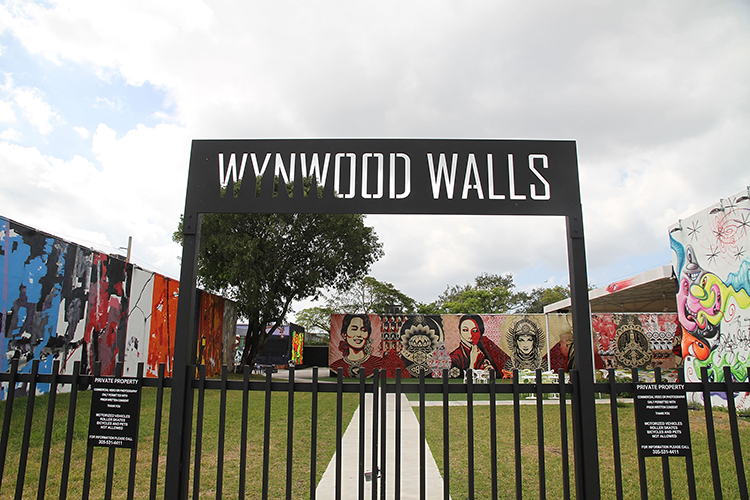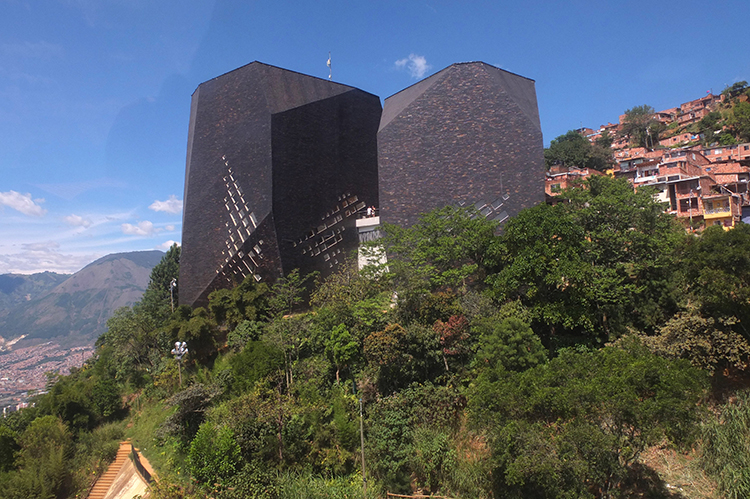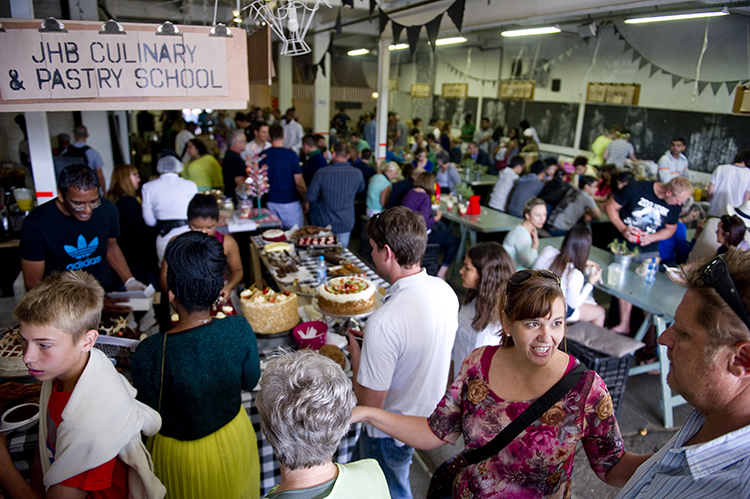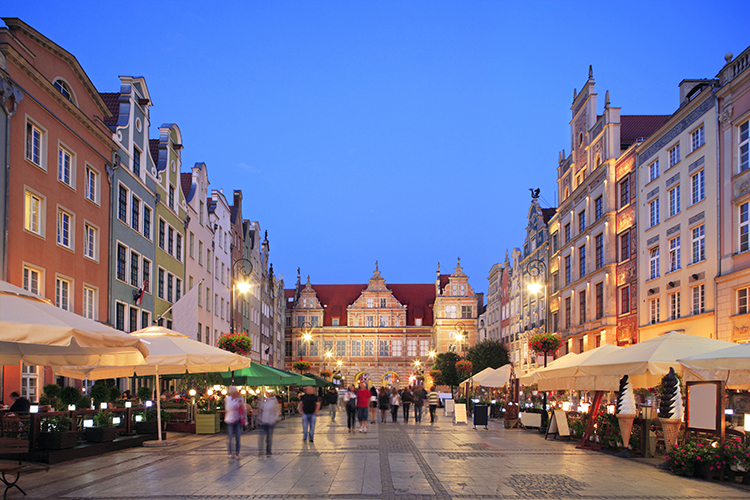Public, private, social and architectural projects are transforming overlooked corners of these places into cultural venues, reinventing historic buildings as hip hotels, and swapping car parks for green spaces.
Here are some of world's most inspiring urban regeneration projects.

Away from the beaches, the dilapidated district of Wynwood in Miami’s Midtown has been transformed into an arty hotspot. It all began with the vision of developer Tony Goldman, famed for the revival of New York's SoHo and Miami Beach’s Art Deco District. Warehouse walls became a blank canvas for local artists; now Wynwood Walls is one of the world’s largest collections of street art. The number of exhibition spaces is increasing, from private collections, such as the Rubell Family Collection (rfc.museum), to cutting-edge galleries and experimental pop-ups. Every second Saturday, the Wynwood Art Walk (wynwoodartwalk.com) brings together home-grown art lovers, hipsters and visitors on gallery and graffiti tours. Combine food and art on a tour with Miami Culinary Tours (miamiculinarytours.com) and get a taste of Wynwood’s global gastronomy, from Puerto Rican to Peruvian.
If you think Switzerland’s cities are just about bankers, watches and chocolate, head to Zurich’s industrial backyard. In recent years, the former shipbuilding zone has become a hotbed of urban regeneration and the change has been dramatic – the factories have moved out, the railway arches have been transformed into the designer boutiques and cafés of Im Viadukt (im-viadukt.ch/en) and there are a plans to turn the railway line into a High Line-style park. The Kunsthalle is a bastion of contemporary art housed in a former brewery and, in a nod to the area’s past, the flagship store of unique bag brand Freitag is made out of shipping containers. You can eat produce direct from the market at Markthall (im-viadukt.ch/en/markthalle) and Frau Gerold’s Garten grows its own produce in its small urban garden.

By the early 1990s, Colombia’s second-largest city had acquired a grim reputation as the 'murder capital of the world'. Ruled by notorious drug baron Pablo Escobar, locals were afraid to leave their homes and tourists steered clear. But in a remarkable turnaround, Medellín has transformed itself from a crime-ridden city to one of creativity and innovation, with the help of some trailblazing architectural projects. The Biblioteca España rises out of a sprawling slum like the symbol of the new city; the once dangerous Jardín Botánico has become a haven of peace, and the stunning Parque Explora houses an interactive and inclusive museum. Another infrastructure project turned tourist attraction is Comuna 13’s escaleras eléctricas; historically one of the city’s poorest and most violent barrios, today you can ride the escalators up the hillside and discover its colourful street art with Palenque Tours (palenque-tours-colombia.com/travel/medellin-graffiti-tour).
This once-thriving port north of the Galata Bridge fell into elegant disrepair during the 20th century, but now Karaköy has morphed into Istanbul’s hippest ‘hood, where hardware stores rub shoulders with contemporary galleries and chic boutiques. The abandoned buildings of Bankalar Caddesi, the Ottoman equivalent of Wall Street, are being returned to their former splendour: SALT Galata is an arts-cum-library complex and Vault Karaköy, The House Hotel has kept the imposing stone façade and added stylish interiors. There are still ramshackle fish stalls overlooking the Golden Horn but now you can dine on New Anatolian cuisine at Lokanta Maya, sip on creative cocktails at Gaspar and drink artisan coffee at Karabatak, with new places opening by the week. And after a hard day’s sightseeing there’s no finer place to be soaped, steamed and scrubbed than the newly restored 16th-century Kılıç Ali Paşa Hamamı.

This area of gritty downtown Johannesburg used to be synonymous with poverty and crime, lined with derelict warehouses and factories populated by squatters. But young developer Jonathan Liebmann saw the potential of Maboneng – 'place of light' in Sotho – and, in 2009, renovated a warehouse that became Arts on Main, a creative hub filled with galleries, boutiques and eateries, such as I Was Shot in Joburg (iwasshot.com) and the heaving Sunday market, Market on Main. Main Street Life is home to sought-after loft apartments for locals, as well as the 12 Decades Art Hotel (mabonengprecinct.com/properties/developments/12-de) – each of the 12 rooms showcases Jo’burg through the ages, designed by a contemporary South African artist – and The Bioscope (thebioscope.co.za), the city's only indie cinema. Explore the area with an in-the-know local on an interactive tour with Main Street Walks (mainstreetwalks.co.za).
By the 1950s, this predominantly Irish working-class neighbourhood had become a drab industrial zone but its proximity to the Lachine Canal, Downtown and Old Montréal meant that gentrification beckoned and now it’s gearing up to become one of the world’s great waterfronts. Gone are the factories and overcrowded slums, as apartments, galleries and restaurants replace the remnants of Victorian industrialism. Set in a 19th-century steamboat factory, the Arsenal (arsenalmontreal.com) is a contemporary art gallery, exhibition space and concert venue. There’s plenty for foodies too: Grinder (restaurantgrinder.ca) is a modern take on a steak house with bison tartare on the menu; Joe Beef serves market-fresh fare and you can indulge in seafood and ice cider at Henri Saint-Henri (henrisainthenri.com). To work off the gastronomic delights, dance ‘til you drop at New City Gas (newcitygas.com).

Poland's handsome Hanseatic port is currently undergoing a cultural and architectural renaissance. Its atmospheric old town was razed to the ground in WWII but has been painstakingly rebuilt to showcase its gorgeous, gabled guild-houses, influenced by the prosperous merchants that docked there. Now Gdańsk’s historic shipyard has been given a new lease of life. It reached global fame in the 1980s as the birthplace of the Solidarity movement, and the Lech Wałęsa-led strike that led the fall of communism in Eastern Europe. Since then it has fallen on hard times but plans are underway to regenerate the area. Last year, The European Solidarity Centre opened in a striking piece of architecture, home to a moving exhibition dedicated to the history of Solidarność (Solidarity), a library and research centre.